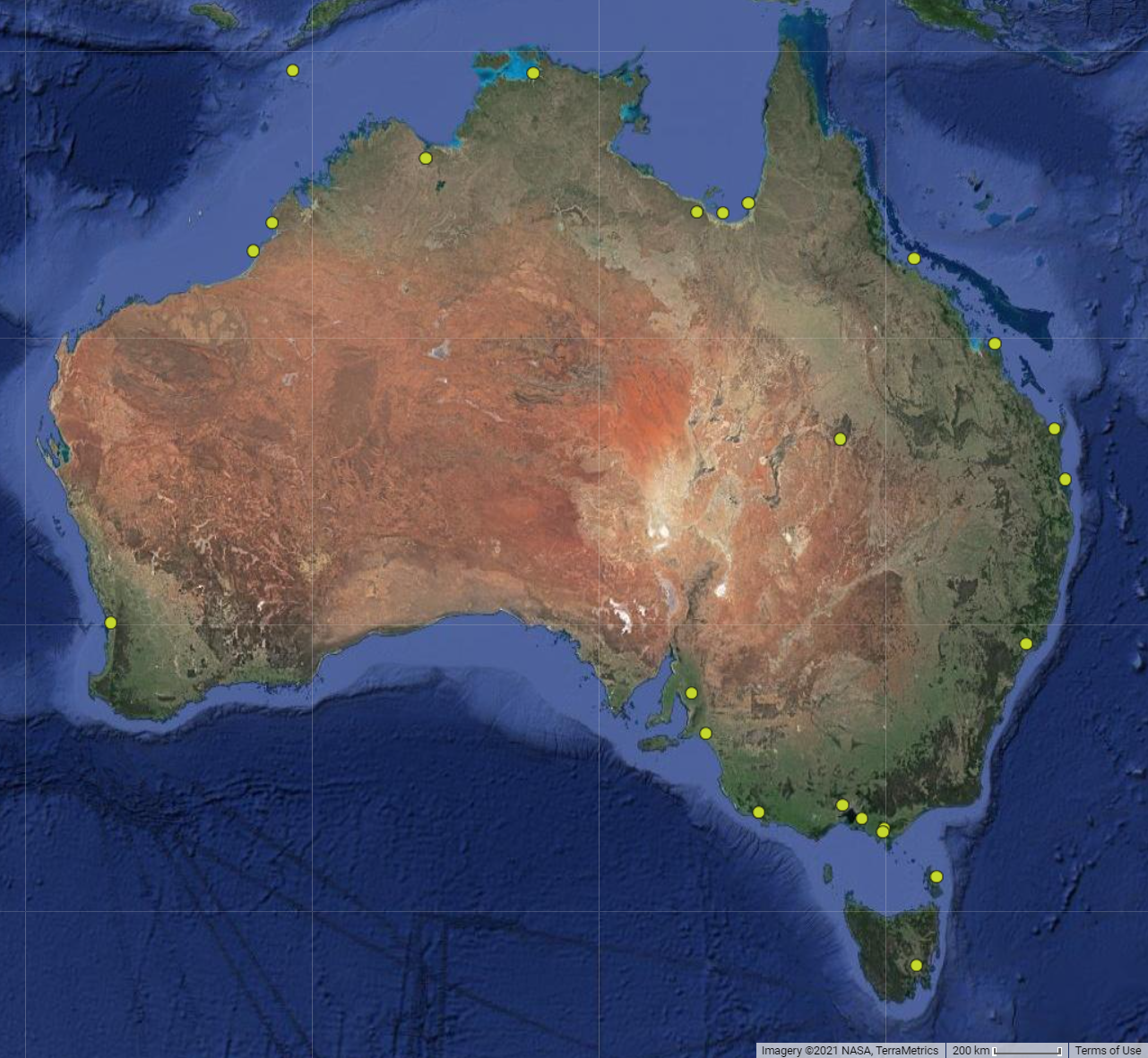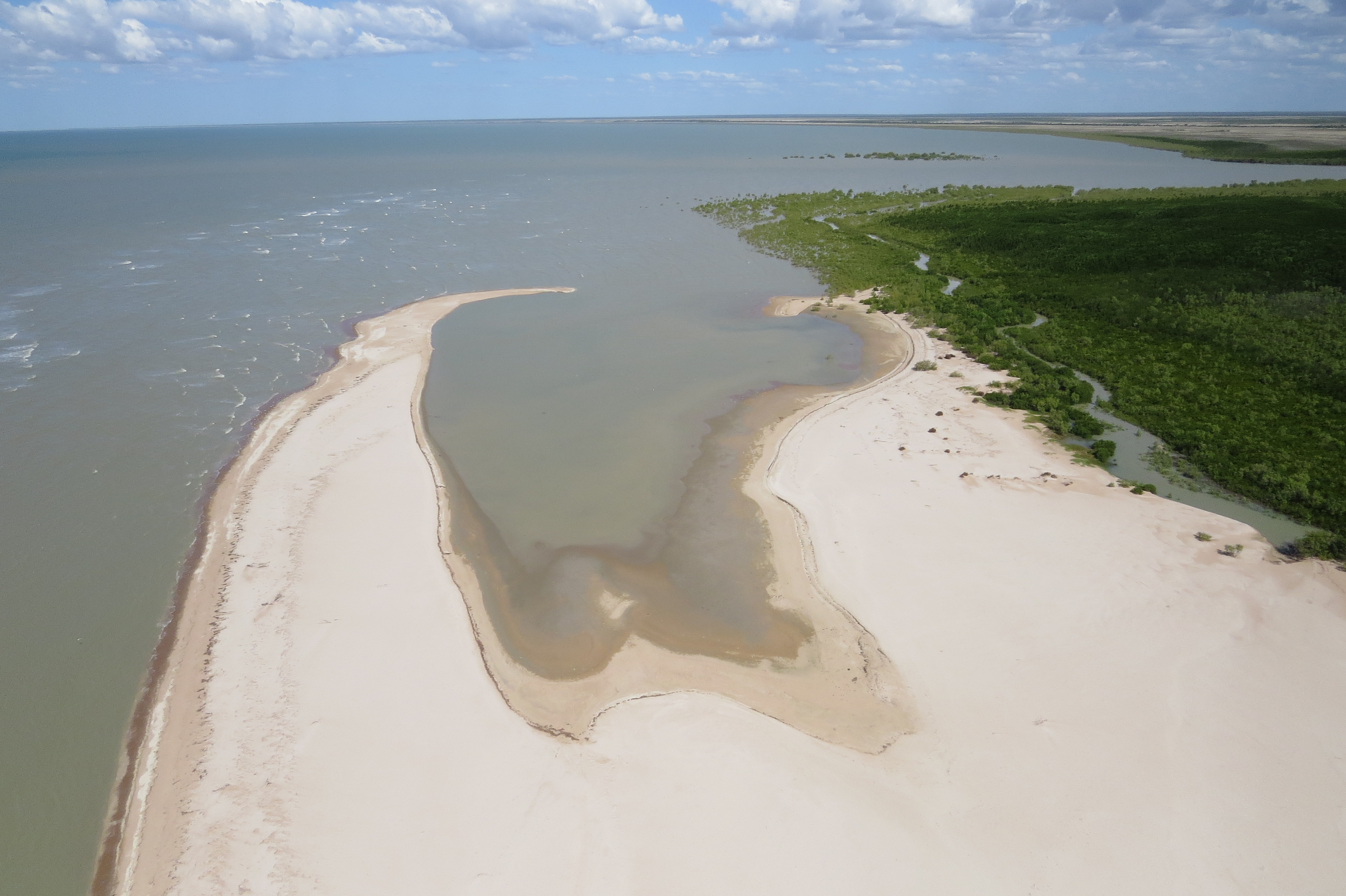|
|
East Asian–Australasian Flyway PartnershipThe Partnership for the East Asian–Australasian Flyway maintains an informal voluntary network of sites that are recognised as internationally important for waterbirds that migrate along the East Asian–Australian Flyway. Quick facts
Flyway site networkThe criteria for nominating sites to the Flyway Site Network are similar to those of the Ramsar Convention, e.g. supporting 1% of the population size of a migratory waterbird in the Flyway and/or >20,000 waterbirds. Sites may be nominated by Partner Governments and span over many countries from New Zealand in the south, across the Flyway and up to Alaska and Russia in the north. In Australia, wetlands are nominated to the Network with the consent of the wetland owner/manager and endorsement of the State Government. The Federal Government submits the nomination to the Partnership Secretariat. At both national level and in Queensland, there are no legally binding implications for sites designated in the Flyway Site Network. In terms of management, owners/managers are not required to alter their existing land-use or provide any formal plans. They are encouraged to protect the migratory waterbirds for which the site was listed, and their habitats, through voluntarily applying wise use principles. Most of Australia’s migratory waterbirds are shorebirds and in Queensland all of the Flyway Network Sites have been designated on the basis of numbers of migratory shorebirds at the site. Flyway sites in QueenslandOut of the eight Flyway Sites in Queensland, five of these are Ramsar listed wetlands and/or are listed as Queensland Government protected areas - Moreton Bay, Great Sandy Strait, Bowling Green Bay, Shoalwater Bay and Currawinya National Park. Three sites added to the Flyway Site Network in the South-East Gulf of Carpentaria are not Ramsar listed or on Queensland Government managed protected areas. These nominations were put forward by the Carpentaria Land Council Aboriginal Corporation together with Traditional Owners (Kurtijar, Gangalidda and Garawa; Gkuthaarn and Kukatj People), local government and the leaseholder, in the case of the Wernadinga site. Data collected by the Queensland Wader Study Group was essential in supporting nominations. South-East Gulf of Carpentaria sitesA site near Karumba (Delta Downs) was added in 2015, and includes 20,000 hectares of wetlands and is important for critically endangered species such as the far eastern curlew and the great knot. The Kurtijar Indigenous People manage Delta Downs and are working with graziers, ornithologists and the Queensland Government to improve management for migratory shorebirds and raise public awareness of Delta Downs feathered visitors. Benefits from the inclusion of the site in the network include raising the profile of the south-east Gulf at multiple levels, and opportunities for linking the site managers and local community to sites and people in other countries of the flyway. The Nijinda Durlga (Tarrant) site north of Burketown was added on 25 October 2016, and includes approximately 40,000ha of wetland habitat. “Tarrant” is part of the Nijinda Durlga Indigenous Protected Area, managed by the Gangalidda and Garawa Indigenous People. The site comprises an important section of the South-East Gulf of Carpentaria shorebird area, with two major roosts of migratory shorebirds, and includes extensive intertidal mud and sand flats backed by mangroves, bare salt flats and some shelly beaches. Over 10,000 migratory shorebirds of at least 16 species feed and roost in the site, and based on leg flag re-sightings in other parts of the South-East Gulf, some presumably travel on to south-eastern Australia and/or to New Zealand. The Leichhardt River to Gore Point (Wernadinga Coast) site was added on December 16, 2020 to the flyway site network. The site is composed of approximately 7,080 hectares of wetland including land of the Wernadinga pastoral lease, intertidal areas and marine waters and is located on the traditional country of the Kukatj People. It supports up to 13,000 migratory shorebirds of at least 22 species, including seven Australian threatened species, as well as internationally important numbers of species such as great knot, red knot and greater sand-plover. Additional informationLast updated: 21 June 2022 This page should be cited as: Department of Environment, Science and Innovation, Queensland (2022) East Asian–Australasian Flyway Partnership, WetlandInfo website, accessed 18 March 2024. Available at: https://wetlandinfo.des.qld.gov.au/wetlands/management/bird-management/bird-legislation/eaa-flyway.html |

 — Department of Environment, Science and Innovation
— Department of Environment, Science and Innovation



